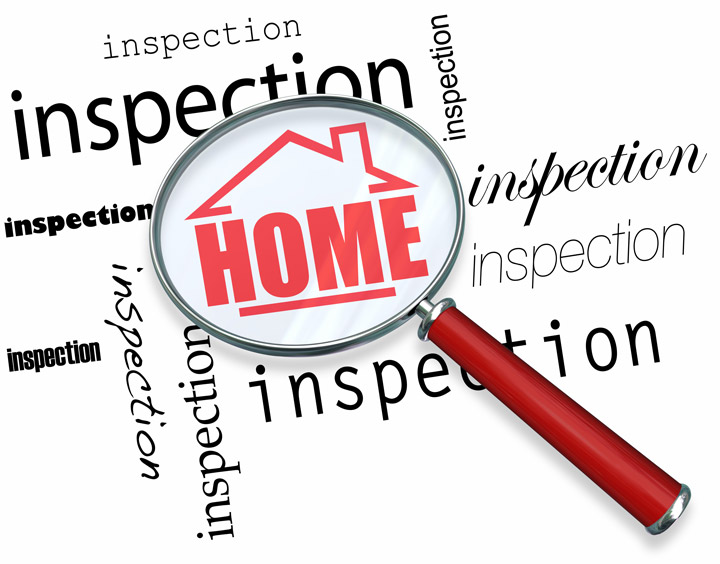
Making Sense of the Appraisal ProcessPurchasing real estate can be the most important financial decision most could ever encounter. Whether it's a primary residence, a second vacation property or one of many rentals, purchasing real property is a complex financial transaction that requires multiple parties to pull it all off. You're likely to be familiar with the parties taking part in the transaction. The real estate agent is the most recognizable face in the transaction. Next, the lender provides the financial capital necessary to fund the deal. And ensuring all details of the sale are completed and that the title is clear to pass from the seller to the buyer is the title company. So, what party makes sure the real estate is worth the purchase price? In comes the appraiser. We provide an unbiased estimate of what a buyer might expect to pay — or a seller receive — for a parcel of real estate, where both buyer and seller are informed parties. A licensed, certified, professional appraiser from Michael Mavrakos will ensure, you as an interested party, are informed. Inspecting the subject propertyTo ascertain the true status of the property, it's our responsibility to first conduct a thorough inspection. We must physically see aspects of the property, such as the number of bedrooms and bathrooms, the location, and so on, to ensure they truly exist and are in the condition a reasonable person would expect them to be. To ensure the stated square footage is accurate and illustrate the layout of the property, the inspection often entails creating a sketch of the floorplan. Most importantly, the appraiser looks for any obvious features - or defects - that would have an impact on the value of the house. After the inspection, an appraiser uses two or three approaches to determining the value of the property: a paired sales analysis, a replacement cost calculation, and an income approach when rental properties are prevalent. 
Replacement CostThis is where the appraiser uses information on local building costs, labor rates and other factors to calculate how much it would cost to build a property similar to the one being appraised. This figure commonly sets the upper limit on what a property would sell for. It's also the least used method. 
Paired Sales AnalysisAppraisers are intimately familiar with the subdivisions in which they appraise. They innately understand the value of particular features to the homeowners of that area. Then, the appraiser researches recent transactions in the vicinity and finds properties which are 'comparable' to the real estate being appraised. Using knowledge of the value of certain items such as remodeled rooms, types of flooring, energy efficient items, patios and porches, or extra storage space, we adjust the comparable properties so that they more accurately match the features of subject.
Once all necessary adjustments have been made, the appraiser reconciles the adjusted sales prices of all the comps and then derives an opinion of what the subject could sell for. When it comes to associating a value with features of homes in Topsfield and Essex, Michael Mavrakos can't be beat. This approach to value is typically given the most weight when an appraisal is for a real estate purchase. Valuation Using the Income ApproachA third method of valuing a house is sometimes used when an area has a reasonable number of rental properties. In this case, the amount of income the real estate produces is taken into consideration along with other rents in the area for comparable properties to determine the current value. ReconciliationExamining the data from all approaches, the appraiser is then ready to document an estimated market value for the property in question. The estimate of value on the appraisal report is not always what's being paid for the property even though it is likely the best indication of what a property is worth. Depending on the specific situations of the buyer or seller, their level of urgency or a buyer's desire for that exact property, the closing price of a home can always be driven up or down.Regardless, the appraised value is typically employed as a guideline for lenders who don't want to loan a buyer more money than they could get back in case they had to sell the property again. Here's what it all boils down to, an appraiser from Michael Mavrakos will guarantee you get the most fair and balanced property value, so you can make profitable real estate decisions. |